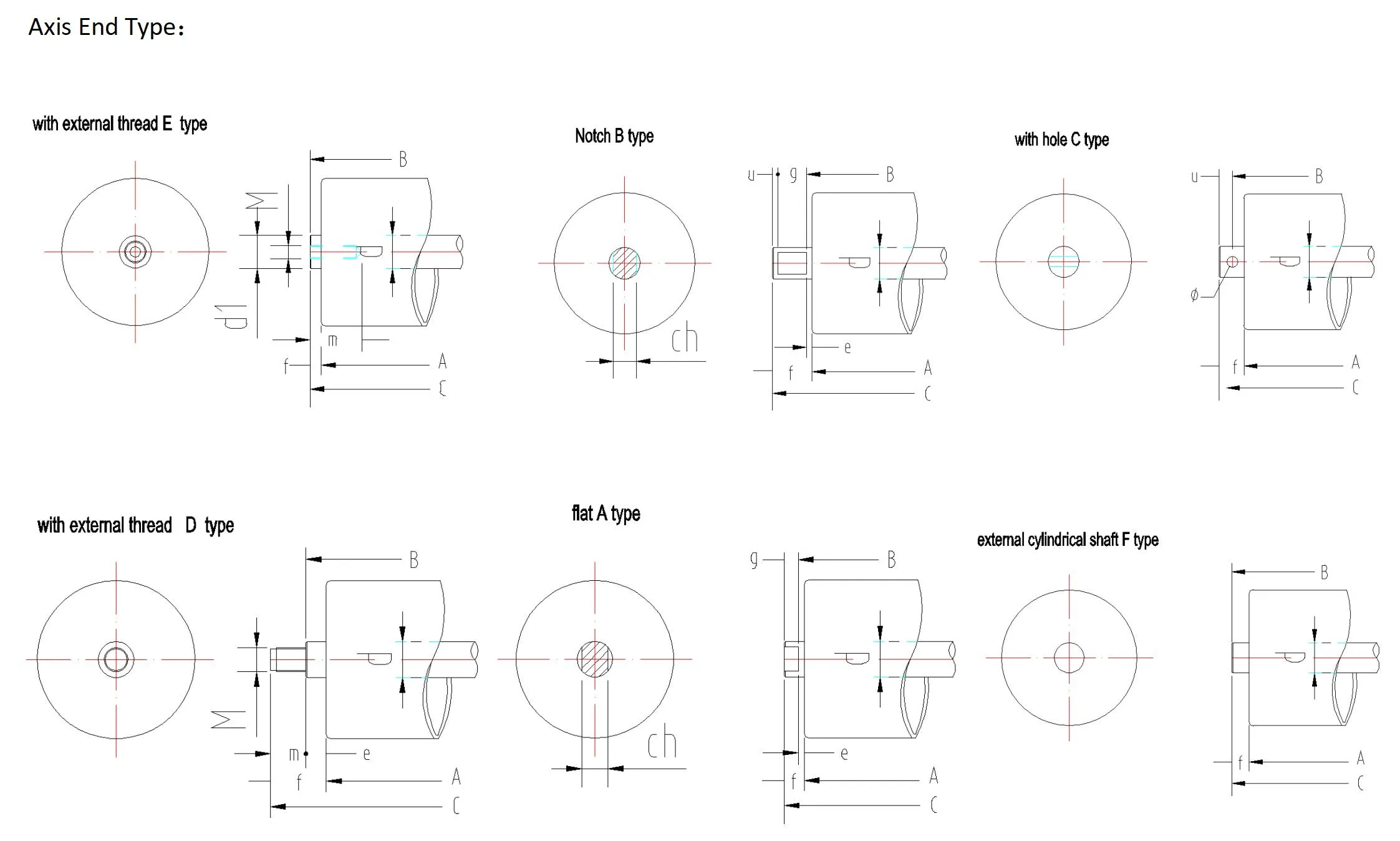 Afrikaans
Afrikaans  Albanian
Albanian  Amharic
Amharic  Arabic
Arabic  Armenian
Armenian  Azerbaijani
Azerbaijani  Basque
Basque  Belarusian
Belarusian  Bengali
Bengali  Bosnian
Bosnian  Bulgarian
Bulgarian  Catalan
Catalan  Cebuano
Cebuano  Corsican
Corsican  Croatian
Croatian  Czech
Czech  Danish
Danish  Dutch
Dutch  English
English  Esperanto
Esperanto  Estonian
Estonian  Finnish
Finnish  French
French  Frisian
Frisian  Galician
Galician  Georgian
Georgian  German
German  Greek
Greek  Gujarati
Gujarati  Haitian Creole
Haitian Creole  hausa
hausa  hawaiian
hawaiian  Hebrew
Hebrew  Hindi
Hindi  Miao
Miao  Hungarian
Hungarian  Icelandic
Icelandic  igbo
igbo  Indonesian
Indonesian  irish
irish  Italian
Italian  Japanese
Japanese  Javanese
Javanese  Kannada
Kannada  kazakh
kazakh  Khmer
Khmer  Rwandese
Rwandese  Korean
Korean  Kurdish
Kurdish  Kyrgyz
Kyrgyz  Lao
Lao  Latin
Latin  Latvian
Latvian  Lithuanian
Lithuanian  Luxembourgish
Luxembourgish  Macedonian
Macedonian  Malgashi
Malgashi  Malay
Malay  Malayalam
Malayalam  Maltese
Maltese  Maori
Maori  Marathi
Marathi  Mongolian
Mongolian  Myanmar
Myanmar  Nepali
Nepali  Norwegian
Norwegian  Norwegian
Norwegian  Occitan
Occitan  Pashto
Pashto  Persian
Persian  Polish
Polish  Portuguese
Portuguese  Punjabi
Punjabi  Romanian
Romanian  Russian
Russian  Samoan
Samoan  Scottish Gaelic
Scottish Gaelic  Serbian
Serbian  Sesotho
Sesotho  Shona
Shona  Sindhi
Sindhi  Sinhala
Sinhala  Slovak
Slovak  Slovenian
Slovenian  Somali
Somali  Spanish
Spanish  Sundanese
Sundanese  Swahili
Swahili  Swedish
Swedish  Tagalog
Tagalog  Tajik
Tajik  Tamil
Tamil  Tatar
Tatar  Telugu
Telugu  Thai
Thai  Turkish
Turkish  Turkmen
Turkmen  Ukrainian
Ukrainian  Urdu
Urdu  Uighur
Uighur  Uzbek
Uzbek  Vietnamese
Vietnamese  Welsh
Welsh  Bantu
Bantu  Yiddish
Yiddish  Yoruba
Yoruba  Zulu
Zulu Ceramic Coated Lagging Pulley for Enhanced Durability and Performance in Conveying Systems
Understanding Ceramic Lagging Pulleys An In-Depth Look
In various industrial applications, pulleys play a pivotal role in the efficiency and functionality of conveyor systems. Among the many types of pulley lagging available, ceramic lagging stands out due to its unique advantages, particularly in terms of wear resistance, traction, and longevity. This article will explore what ceramic lagging pulleys are, their benefits, applications, and how they can enhance operational efficiency.
What Are Ceramic Lagging Pulleys?
Ceramic lagging pulleys are designed with a surface that is covered or lined with ceramic materials. This lagging serves as a protective layer on the pulley drum, enhancing its durability and performance. Typically made from hard ceramics, such as alumina or zirconia, these pulleys are designed to withstand harsh operational environments. The ceramic components are bonded to the pulley surface, creating a robust interface that can handle extreme wear conditions.
Advantages of Ceramic Lagging
1. Superior Wear Resistance Ceramic materials are known for their hardness and resistance to abrasion. When applied as lagging to pulleys, they significantly reduce wear over time compared to other lagging materials, such as rubber or steel. This extended lifespan results in decreased maintenance costs and reduced downtime, making it a cost-effective solution for industries that rely heavily on conveyor systems.
2. Enhanced Traction Another notable benefit of ceramic lagging is its ability to provide superior traction. The textured surface of ceramic materials increases friction between the pulley and the conveyor belt, minimizing slippage. This is particularly important in applications where heavy loads are transported or in environments where moisture can lead to increased slip risks.
ceramic lagging pulley

3. Chemical and Temperature Resistance Ceramic lagging is not only durable but also resistant to harsh chemicals and extreme temperatures. This makes it an ideal choice for industries such as mining, steel, and recycling, where pulleys are exposed to abrasive substances and fluctuating thermal conditions. The ability to maintain performance under such circumstances ensures consistent operation and safety throughout the process.
4. Reduced Noise Levels Ceramic lagging can contribute to a quieter operation compared to traditional lagging methods. The inherent properties of ceramic materials help dampen vibrations and reduce noise, which is beneficial not only for operator comfort but also for compliance with environmental regulations regarding noise pollution.
Applications of Ceramic Lagging Pulleys
Ceramic lagging pulleys are widely utilized in various industries due to their resilient properties and performance advantages. Some key sectors include
- Mining and Quarrying In operations that transport heavy ore and aggregate materials, the durability of ceramic lagging reduces frequent replacements and maintenance. - Manufacturing Conveyor systems used in manufacturing processes often face high wear rates due to heavy usage. The application of ceramic lagging helps in maintaining operational efficiency. - Food Processing The resistance to chemicals and easy cleaning properties of ceramic lagging make it suitable for food processing applications, where hygiene is paramount. - Power Generation In the energy sector, aging infrastructure can benefit from the longevity of ceramic lagging, minimizing downtime and enhancing energy efficiencies.
Conclusion
In summary, ceramic lagging pulleys present a compelling option for companies looking to enhance the reliability and efficiency of their conveyor systems. With their exceptional wear resistance, improved traction, and ability to withstand harsh conditions, they offer significant advantages over traditional lagging materials. Investing in ceramic lagging can lead to reduced maintenance costs, increased operational efficiency, and a longer lifespan for critical equipment, ultimately contributing to a company's bottom line. As industries continue to evolve and demand more from their operational components, ceramic lagging pulleys will likely play an increasingly important role in maintaining productivity and performance in the most challenging environments.
-
Revolutionizing Conveyor Reliability with Advanced Rubber Lagging PulleysNewsJul.22,2025
-
Powering Precision and Durability with Expert Manufacturers of Conveyor ComponentsNewsJul.22,2025
-
Optimizing Conveyor Systems with Advanced Conveyor AccessoriesNewsJul.22,2025
-
Maximize Conveyor Efficiency with Quality Conveyor Idler PulleysNewsJul.22,2025
-
Future-Proof Your Conveyor System with High-Performance Polyurethane RollerNewsJul.22,2025
-
Driving Efficiency Forward with Quality Idlers and RollersNewsJul.22,2025





























